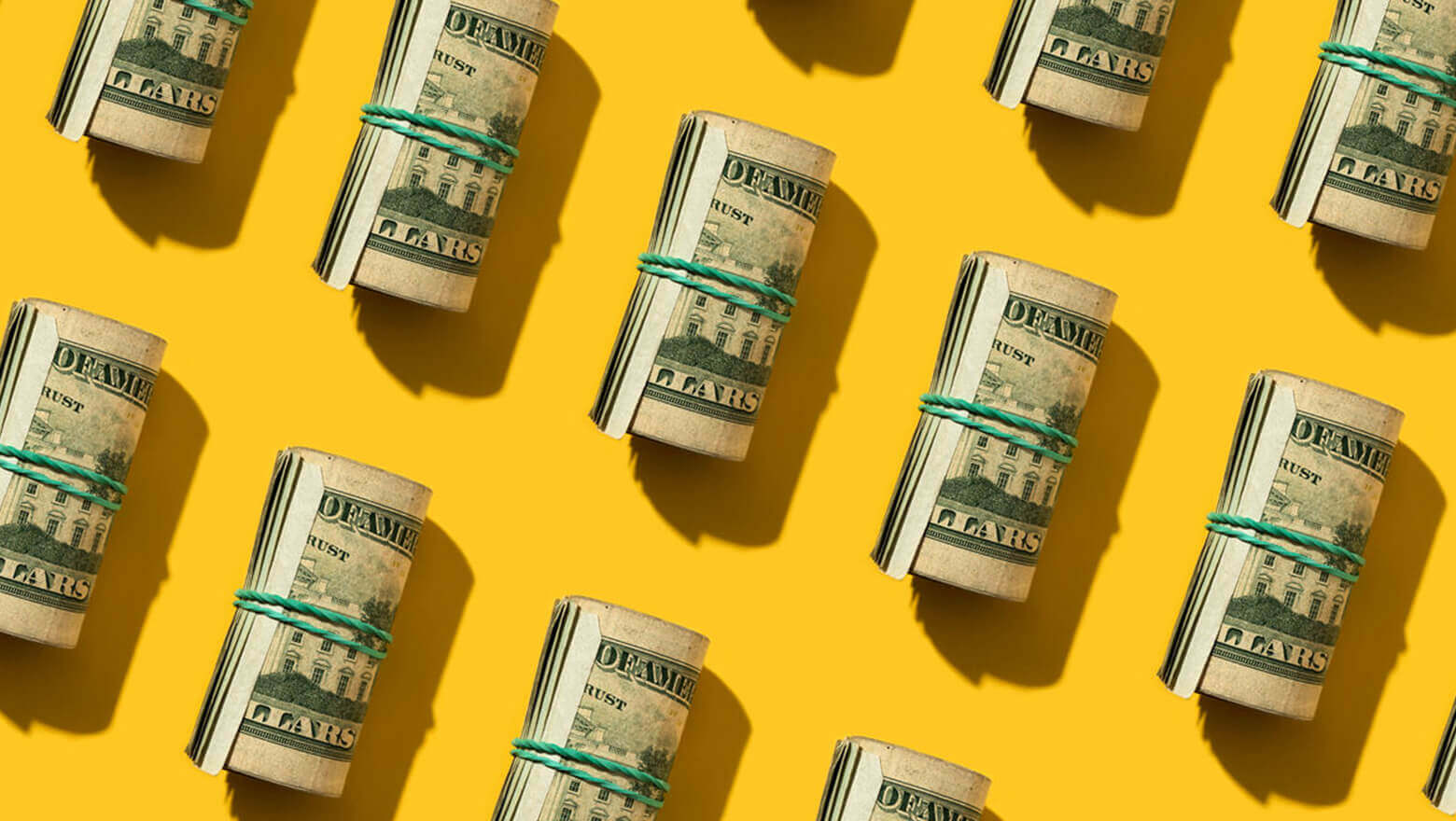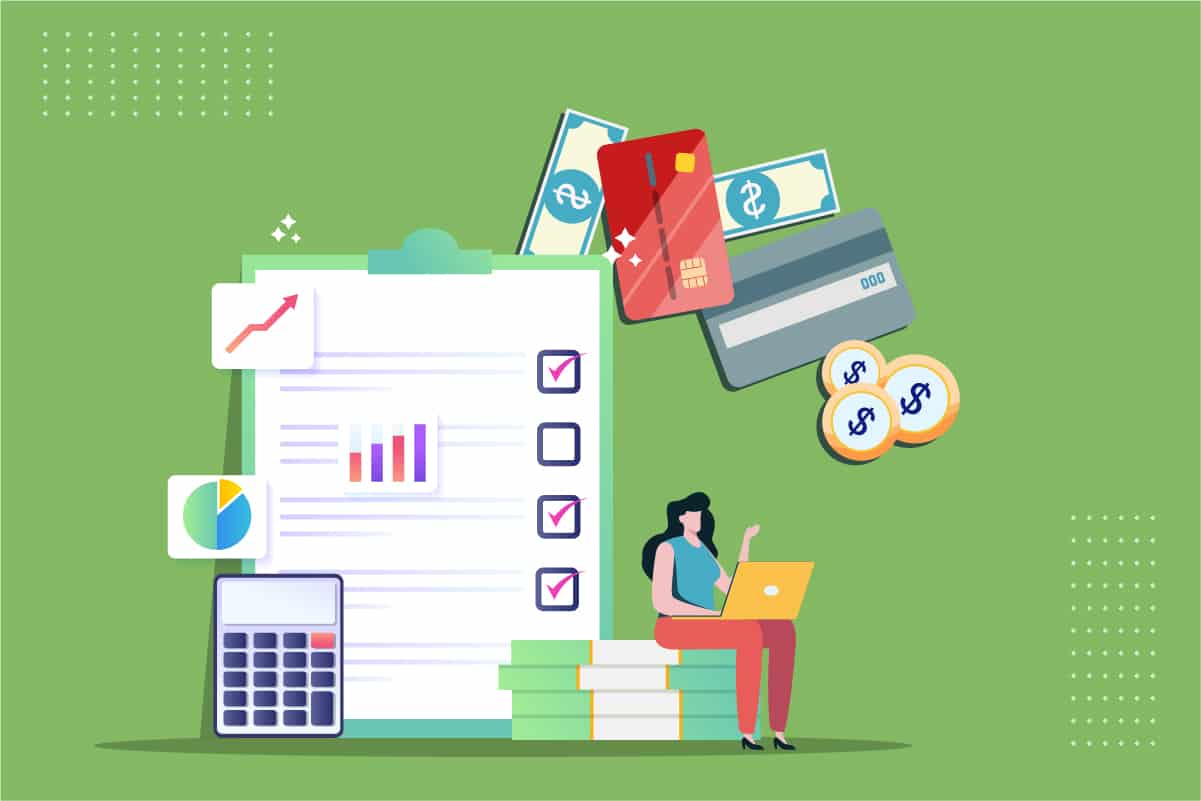Any student who wants to get their degree and graduate with as little debt as possible should learn about debt stacking. It's a simple concept: you pay off your debts from smallest to largest, regardless of interest rate.
What is debt stacking?
Debt stacking is a debt repayment strategy in which you pay off your debts from smallest to largest, regardless of interest rate.
There are a couple of reasons why you might want to use the debt stacking method to repay your student loans. First, it can help to keep you motivated. When you see your debt balances going down, it can give you a boost of confidence and encourage you to keep going.
Second, paying off your smaller debts first can free up money that you can put towards your larger debts. This can help you save on interest and get out of debt faster.
How does debt stacking work?
To use the debt stacking method, simply list out all of your outstanding debts from smallest to largest. Then, make the minimum payment on all of your debts except for the smallest one. For the smallest debt, you will make a larger payment until it is paid off in full. Once the smallest debt is repaid, you will move on to the next smallest debt and so on, until all of your debts are repaid in full.
What are the benefits of debt stacking?
The main benefit of debt stacking is that it can help you get out of debt faster. By focusing on paying off your smaller debts first, you can save money on interest and become debt-free quicker.
Another benefit of this method is that it can keep you motivated. Seeing your debts slowly disappear can give you the confidence you need to keep going. If you have a lot of debt, the debt stacking method may not be the best option for you. In this case, you might want to consider another repayment strategy, such as the debt snowball method.
What students can apply for debt stacking?
Debt stacking is a repayment strategy that can be used by any student with multiple debts. This includes students who have both federal and private student loans. If you have other types of debt, such as credit card debt or medical debt, you can also use the debt stacking method to repay these debts.
If you want to start using the debt stacking method, simply list out all of your outstanding debts from smallest to largest. Then, make the minimum payment on all of your debts except for the smallest one. For the smallest debt, you will make a larger payment until it is paid off in full. Once the smallest debt is repaid, you will move on to the next smallest debt and so on, until all of your debts are repaid in full.

Debt stacking is a great way for students to graduate with as little debt as possible. It's a simple concept: you pay off your debts from smallest to largest, regardless of interest rate. This can help you save on interest and become debt-free quicker. If you have multiple debts, such as student loans, credit card debt, or medical debt, consider using the debt stacking method to repay these debts.
The debt stacking method is a great way for students to graduate with as little debt as possible. By paying off their debts from smallest to largest, regardless of interest rate, they can save on interest and become debt-free quicker. If you have multiple debts, such as student loans, credit card debt, or medical debt, consider using the debt stacking method to repay these debts.
What bills should I pay off first?
Your goal should be to pay off the smallest debt first while making minimum payments on your other debts. Once you've paid off the tiny debt, utilize the money to make bigger payments on the next-smallest obligation. Continue until all of your debts are settled.
There are a couple of reasons debtors opt for this strategy: 1) the psychological effect and 2) the snowball method.
The psychological effect is based on seeing results quickly. When you see your debt balances going down, it can give you a boost of confidence and encourage you to keep going.
The snowball method is about paying off the smallest debt first so you can free up money to put towards your larger debts. Once the smallest debt is repaid, you will move on to the next smallest debt and so on, until all of your debts are repaid in full. This can help save on interest and get out of debt faster.
If you have a lot of debt, the debt stacking method may not be the best option for you. In this case, you might want to consider another repayment strategy, such as the debt snowball method.
The debt snowball method is a repayment strategy where you focus on paying off your smallest debt first while making minimum payments on your other debts. Once the smallest debt is repaid, you will move on to the next smallest debt and so on, until all of your debts are repaid in full. This can help save on interest and get out of debt faster. If you have a lot of debt, the debt snowball method may be a better option for you.
What is a debt pyramid?
The debt pyramid method helps you reduce your debt by tackling one debt at a time and gradually increasing the payments as each obligation is paid off.
To use this method, list your debts from smallest to largest and make the minimum payment on all debts except for the smallest one. For the smallest debt, you will make a larger payment until it is paid off in full. Once the smallest debt is repaid, you will move on to the next smallest debt and so on, until all of your debts are repaid in full.
The debt pyramid method is similar to the debt snowball method, but with a twist. Instead of making minimum payments on all of your debts except for the smallest one, you will gradually increase your payments as each debt is repaid. This can help you save on interest and become debt-free quicker. If you have multiple debts, such as student loans, credit card debt, or medical debt, consider using the debt pyramid method to repay these debts.
The debt pyramid method is a great way for students to graduate with as little debt as possible. By tackling one debt at a time and gradually increasing the payments as each obligation is paid off, they can save on interest and become debt-free quicker. If you have multiple debts, such as student loans, credit card debt, or medical debt, consider using the debt pyramid method to repay these debts.
What is the quickest way to pay off debt?
As a student, you may have a lot of debt from different sources - student loans, credit cards, lines of credit, etc. All of this debt can be overwhelming, and you may feel like you'll never get out from under it all.

One way to get a handle on your debt is to use the debt stacking method. This method involves ranking your debts from highest interest rate to lowest interest rate and making the minimum payments on all but the debt with the highest interest rate. You then put any extra money you can towards paying off the debt with the highest interest rate. Once that debt is paid off, you move on to the next highest interest rate debt and so on.
The debt stacking method can save you money in interest charges and help you get out of debt more quickly. If you're struggling with debt, give it a try. Besides, there are a lot of other methods for you to pay off your debts.
- Pay more than the minimum:
This will allow you to pay off your debt quicker and save you money in interest charges. If you pay each time more than the minimum, it will allow you to reduce the balance of your debt and the amount of interest you're paying.
- Pay more than once a month:
That is also one simple rule to save you time and money. In this way, you're making an extra payment each month, which will help you reduce the balance of your debt and the amount of interest you're paying.
- Pay off your most expensive loan first:
Any person who has debt knows that the interest rate is important. So, it's better for you to pay off your most expensive loan first. It will save you money and help you become debt-free quicker. The issue is that when you pay the most expensive loans, your budget may become very tight. So, you have to be careful and plan your expenses in order to make sure that you can still make the minimum payments on your other debts.
- Keep track of bills and pay them in less time:
It means that you should know when your bills are due and pay them on time. If you have trouble keeping track of your bills, try setting up automatic payments. This way, you can ensure that your bills are paid on time and you won't have to worry about forgetting to make a payment. Our bills are usually the same each month, so it's easy to set up automatic payments.
- Shorten the length of your loan:
As a student, you may have a lot of debt from different sources - student loans, credit cards, lines of credit, etc. All of this debt can be overwhelming, and you may feel like you'll never get out from under it all. If you want to shorten the length of the loan, you can try to make bigger payments. It will help you to reduce the amount of time it takes to pay off your debt and save you money in interest charges.
- Consolidate multiple debts:
Finally, you may want to consider consolidating your debts. This means taking out a new loan to pay off multiple smaller loans. This can help you save money on interest charges and make it easier to keep track of your payments. It can also help you get out of debt more quickly if you're able to get a lower interest rate on the new loan.
What are some tips for you to stack the debts?
- Make a list of all your debts from the highest interest rate to the lowest
- Make the minimum payments on all your debts except the one with the highest interest rate
- Put any extra money you can towards paying off the debt with the highest interest rate
- Once that debt is paid off, move on to the next highest interest rate debt and so on
- Keep track of your progress and celebrate each milestone!
The debt stacking method is a great way to get a handle on your debt. It can save you money in interest charges and help you get out of debt more quickly. If you're struggling with debt, give it a try. Besides, there are a lot of other methods for you to pay off your debts. Moreover, as a student, you can receive a lot of help and support from the government.
Conclusion
The debt stacking method is a great way to get a handle on your debt. It can save you money in interest charges and help you get out of debt more quickly. If you're struggling with debt, give it a try. Besides, there are a lot of other methods for you to pay off your debts. Moreover, as a student, you can receive a lot of help and support from the government. So, don't hesitate to use the debt stacking method to become debt-free!